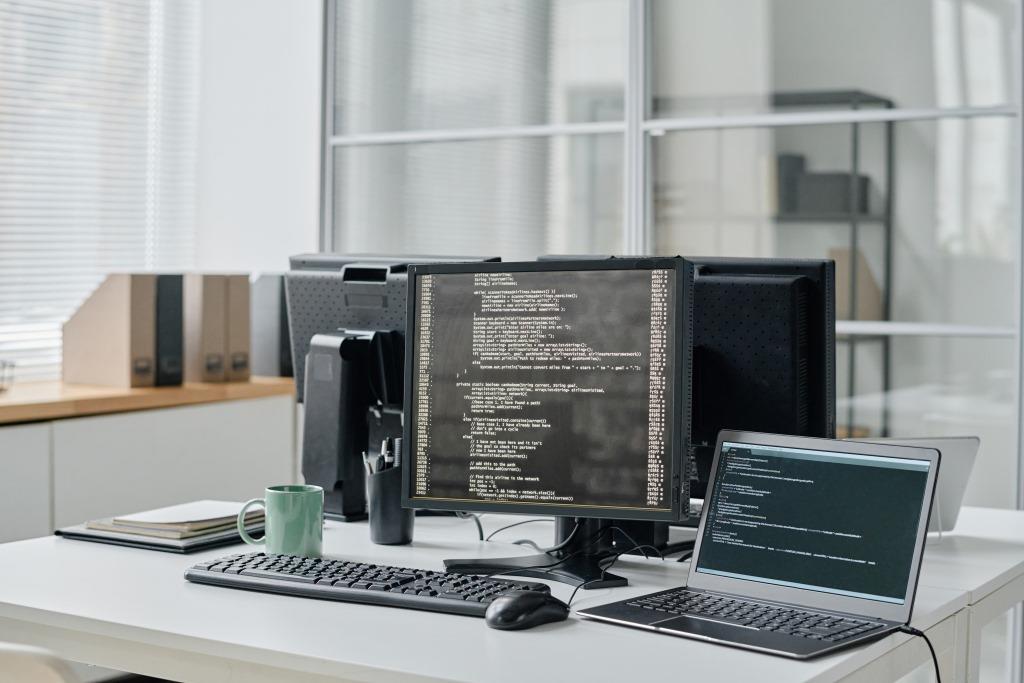The article outlines ten best practices for reducing insider threat risks in a hybrid office environment, including implementing access controls, conducting employee background checks, providing security awareness training, using security monitoring tools, and creating a culture of security. It highlights the potential risks associated with insider threats and the severe consequences that can result from them.
By implementing these best practices, the article suggests that companies can protect their sensitive data and systems from insider threats.

While companies often focus on protecting their systems and data from external threats, the truth is that insider threats can be just as dangerous, if not more so. In a hybrid office environment, where employees work both in the office and remotely, insider threats can be particularly challenging to manage. These threats can come from employees, contractors, or partners with authorized access to company systems and data.
Insider threats can take many forms, including accidental data breaches, deliberate data theft, sabotage, or even espionage. The consequences of an insider threat can be devastating, including loss of sensitive data, financial loss, and damage to the company’s reputation. Here are ten best practices for reducing insider threat risks in a hybrid office environment:
- Implement access controls: Limiting access to sensitive data and systems is crucial to preventing insider threats. Only authorized employees should have access to sensitive information, and access should be restricted on a need-to-know basis.
- Conduct employee background checks: Conducting thorough background checks on employees before hiring them can help to identify any red flags that may indicate a potential insider threat.
- Provide security awareness training: Regular security awareness training can help employees to identify potential security threats and understand their role in maintaining a secure environment.
- Use security monitoring tools: Security monitoring tools, such as intrusion detection systems and security information and event management (SIEM) tools, can help to identify potential insider threats in real-time.
- Create a culture of security: Companies should prioritize security and make it a part of their company culture. This includes encouraging employees to report security incidents and providing incentives for good security practices.
- Monitor employee activity: Monitoring employee activity can help to detect any unusual behavior or unauthorized access to company systems and data.
- Encrypt sensitive data: Encrypting sensitive data can help to prevent unauthorized access to sensitive information, even if it is stolen.
- Restrict data transfer: Limiting the transfer of sensitive data to external devices or cloud services can help to prevent accidental or deliberate data breaches.
- Conduct regular security audits: Regular security audits can help to identify potential vulnerabilities and improve the overall security posture of the organization.
- Monitor third-party access: Companies should also monitor third-party access to company systems and data, including contractors and partners.

Implementing these best practices can be challenging, but it’s essential for organizations to protect their sensitive data and systems from insider threats. The consequences of an insider threat can be catastrophic, and it’s crucial for companies to be vigilant and take all necessary measures to prevent them. By following these best practices, companies can reduce their insider threat risks and sleep a little easier at night.